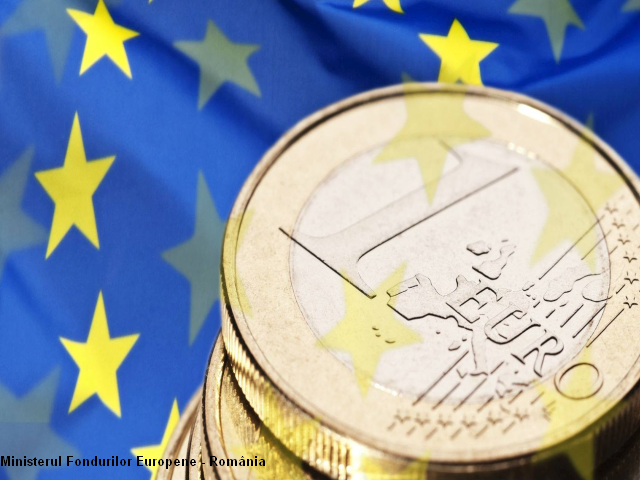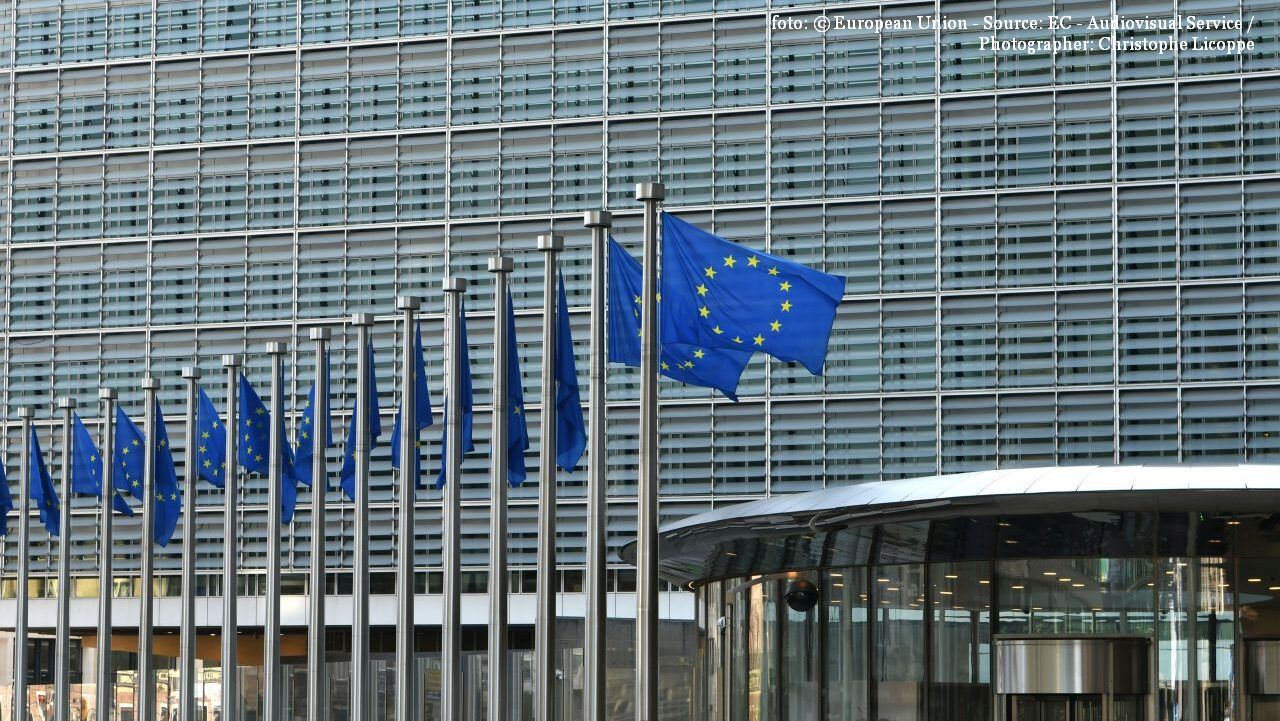Trade deficit on a downward trend
Romania's trade deficit has decreased in the first two months of the year

Ştefan Stoica and Lăcrămioara Simion, 10.04.2024, 13:57
Romania’s trade balance deficit in the first two months of this year exceeded 4 billion Euros and was approximately 230 million Euros lower than the one recorded in the same period of last year. The National Institute of Statistics, which published the data, stated that in February alone, a trade deficit of over 2 billion euros was registered. In the first two months, exports amounted to 15 billion euros, and imports amounted to 19 billion. Important shares in the structure of exports and imports are held by machines, transport equipment and other manufactured products. For the entire year 2023, Romania’s trade deficit was 15% lower than in 2022, amounting to approximately 29 billion Euros. This, in the context of exports increasing by 1.3%, and imports decreasing by more than 3%. In 2023, machines and transport equipment held the main share in the structure of exports and imports.
On the other hand, the Fiscal Council estimates that, this year, Romania’s budget deficit will exceed 6% of the GDP, although the Bucharest government is giving assurances that it will observe the 5% deficit target. The evaluation of the Fiscal Council, an independent body that analyzes the sustainability of the country’s budgetary policies, takes into account the impact of the recalculations that the new pension reform entails, an impact anticipated as a very severe one. The President of the Fiscal Council, Daniel Daianu, believes that a deficit of 6% of the GDP is very high, and the markets are waiting for corrections, adjustments that can no longer be postponed. The Fiscal Council also believes that if they decided again on a capital spending cut, it could reduce the deficit below the 6% ceiling, but the process will be very difficult.
Attending the conference on the impact of external debt and public deficits, the finance minister, Marcel Boloş, deplored Romania’s reduced administrative capacity to implement investment projects. In his opinion, the budgets that Romania has at its disposal from the cohesion policy and from the National Recovery and Resilience Plan, as well as a 14-year experience of implementing investments should have led to a much better capacity to implement investment projects and have a consistent multiplier effect for Romania’s long-term development. Compared to the GDP forecast by the National Commission for Strategy and Prognosis, Romania has an investment budget of 7.2% of the GDP for 2024. (LS)






























